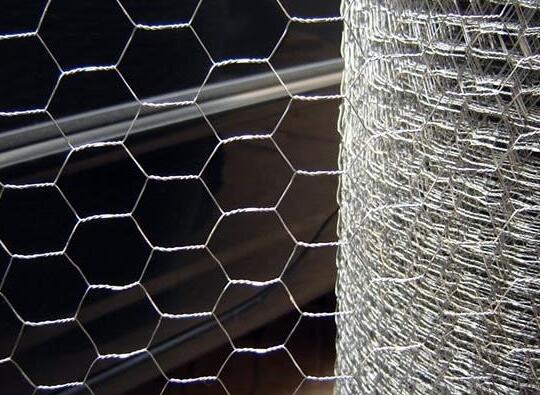Understanding Hot Dip Galvanized (HDG) Wire
Hot Dip Galvanized (HDG) wire is a type of wire that has been coated in a layer of zinc through a dipping process. This technique involves immersing steel wire into molten zinc, which creates a robust protective layer against corrosion. This article delves into the properties, applications, benefits, and manufacturing process of HDG wire, providing a comprehensive understanding of its significance in various industries.
Properties of Hot Dip Galvanized Wire
HDG wire boasts several advantageous properties due to its zinc coating
1. Corrosion Resistance The primary advantage of hot dip galvanization is its exceptional resistance to corrosion. The zinc coating protects the underlying steel from moisture and environmental factors, which can lead to rusting. This makes HDG wire particularly suitable for outdoor applications.
2. Durability The zinc layer acts as a sacrificial anode, meaning it will corrode before the underlying steel. This durability ensures a longer lifespan for HDG wire compared to non-galvanized counterparts.
3. Adhesion The hot dip process creates a metallurgical bond between the zinc and the steel. This strong adhesion ensures that the coating remains intact even when subjected to wear and tear.
4. Versatility HDG wire is available in various gauges and strengths, making it applicable for diverse uses, from fencing to construction materials.
Applications of HDG Wire
Hot dip galvanized wire is widely used across multiple industries, including
1. Construction HDG wire is commonly used in the construction industry for reinforcing concrete, in the production of rebar, and as support for scaffolding systems. Its resistance to rust increases the longevity of structures.
2. Fencing Many agricultural and residential fencing projects utilize HDG wire due to its strength and resistance to weather conditions. It is an ideal choice for both barbed and smooth wire fencing.
3. Manufacturing of Wire Products Various products, such as wire mesh, chain link fencing, and springs, are made with HDG wire. Its durability makes it a preferred material in manufacturing settings.
4. Electrical Applications HDG wire is sometimes used in electrical applications due to its conductive properties. The corrosion resistance also enhances the performance of electrical components in adverse environments.
hot dip gi wire

Benefits of Using HDG Wire
The use of hot dip galvanized wire offers numerous benefits to both manufacturers and end users
- Cost-Effectiveness While the initial cost of HDG wire may be higher than non-galvanized options, its long life span and reduced maintenance costs make it a more economical choice over time.
- Environmental Impact The longevity of HDG wire contributes to sustainability. Fewer replacements result in lower material waste and reduced environmental impact.
- Maintenance-Free HDG wire typically requires little to no maintenance. This feature is particularly appealing for industries where accessibility may be an issue.
Manufacturing Process
The hot dip galvanization process involves several key steps
1. Surface Preparation The steel wire is cleaned to remove any rust, oil, or dirt. This is usually done through chemical or mechanical methods, ensuring a clean surface for effective zinc bonding.
2. Galvanization The cleaned wire is submerged in a bath of molten zinc at temperatures around 450°C (842°F). The zinc adheres to the surface of the steel, forming a protective coating.
3. Cooling and Inspection Once the galvanization is complete, the wire is cooled. After cooling, the HDG wire undergoes a thorough inspection to ensure quality and adherence to specifications.
4. Packaging Finally, the HDG wire is packaged and prepared for distribution to various industries.
Conclusion
Hot dip galvanized wire is a versatile, durable, and cost-effective solution that offers excellent corrosion resistance. With its wide range of applications in construction, fencing, and manufacturing, HDG wire proves to be an essential material across various industries. Understanding its properties, benefits, and production techniques is vital for anyone looking to utilize or invest in this important industrial product.

















